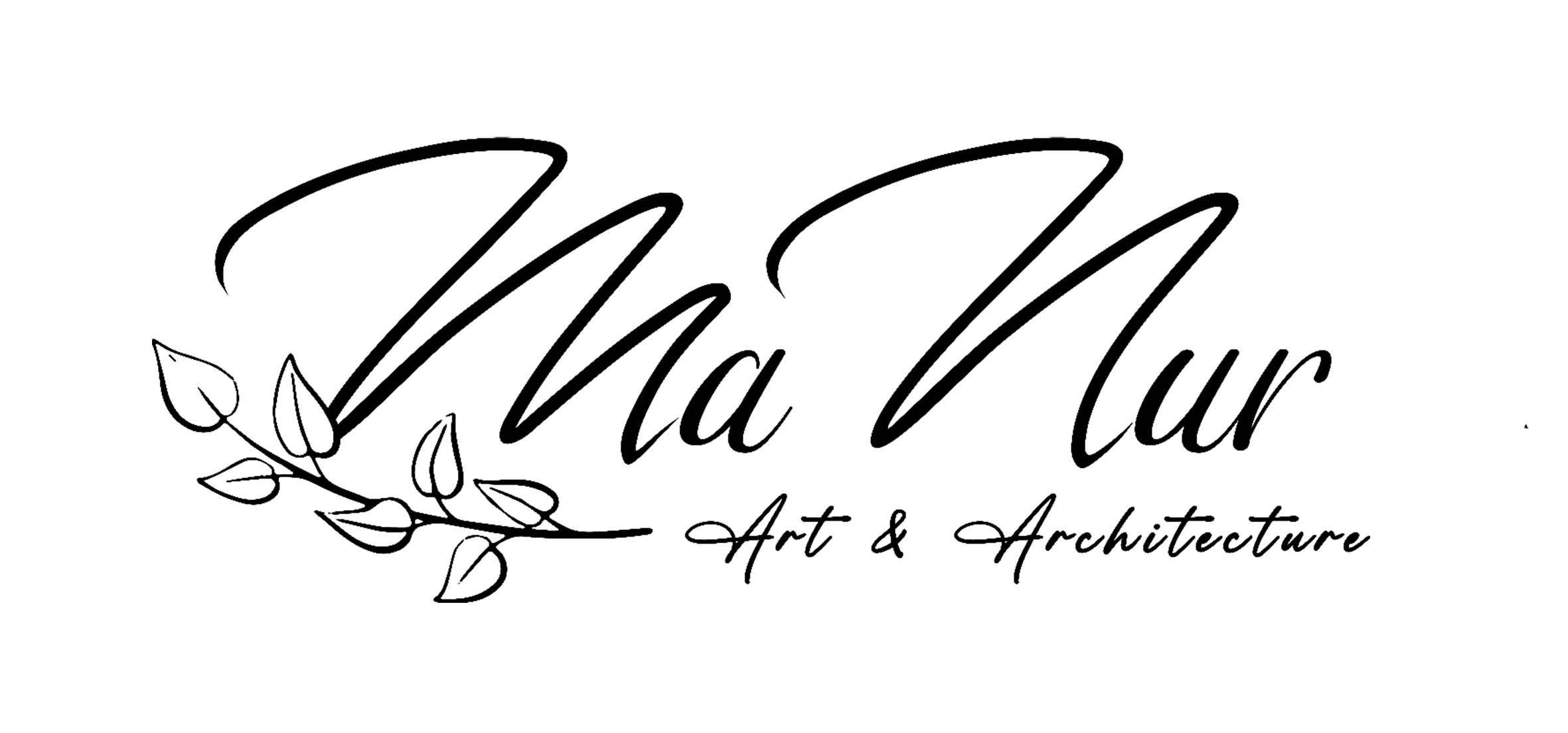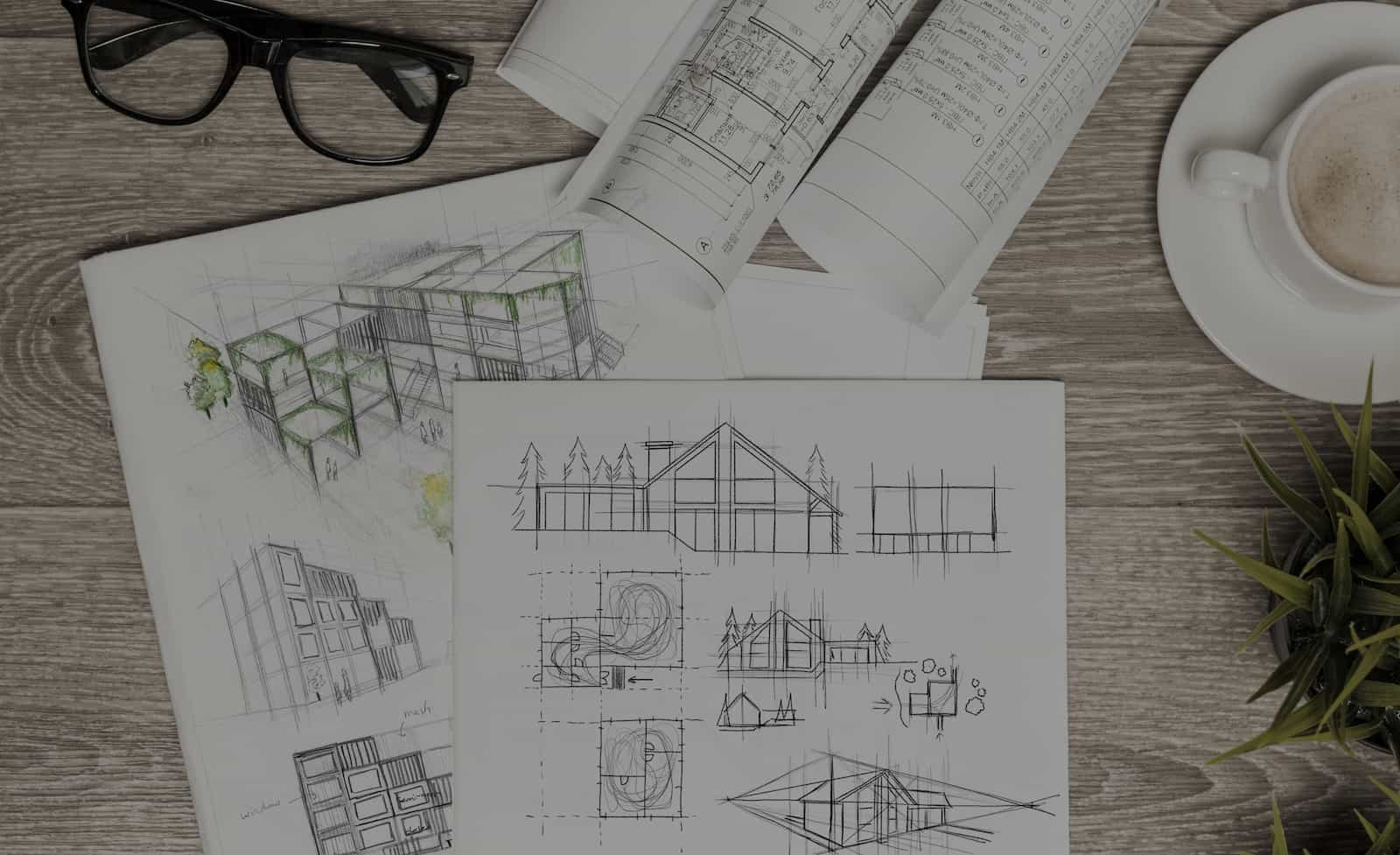Whether you are an artist seeking inspiration or an architect aiming to bring visions to life, the art of rapid sketching is an invaluable skill that unleashes creativity, fosters problem-solving, and facilitates effective communication. In this post,we will see 7 reasons why rapid sketching is so important for both artists and architects.

7 Reasons Why Rapid Sketching Is Important
Before starting, I would like to say that if you are a beginner, I would recommend you to start by sketching small objects. It can be anything around you, like a sofa, a pencil, a planter, a clock…Set a timer. Give yourself 1 minute or 2 minutes, no more than 5 minutes, and draw within the time you gave yourself. Don’t think too much, just draw. That’s really important because overthinking will hinder this exercise. And if you don’t like the resulting drawing, it’s alright because you are challenging your brain to focus on the basic form instead of the unimportant details. This is the kind of exercise the more you will do the more you will improve. So give yourself just a few minutes per day to practice every single day!
Capturing Ideas on the Fly
Rapid sketching will allow you to seize your ideas as they come, unfiltered and spontaneous. This is like a gateway to the creative mind. It allows you to quickly externalize your thoughts and ideas onto paper, capturing the essence of your imagination without getting bogged down in details.
This opens up new possibilities, fostering a free flow of ideas that might otherwise remain hidden in the mind. This unhampered flow of creativity helps preserve unique concepts that might otherwise slip away, ensuring that nothing is lost in the process of creation.

7 Reasons Why Rapid Sketching Is Important
Exploring Concepts
Sketching is a means of exploration. It enables you to test different compositions, forms, and design elements swiftly. By quickly putting down ideas on paper, you can experiment with multiple concepts and variations, gaining insights into what works best and refining your vision as you progress. Rapid sketching also allows you to explore various visual languages and design languages, honing your craft and developing a signature style that sets you apart.
Before any projects or artwork, I like to make quick thumbnail sketches to decide which concept works best.

Problem-Solving and Visualizing
Specially in architecture, rapid sketching is an essential tool during the design process. You can use quick sketches to address design challenges, spatial arrangements, and structural considerations. Seeing ideas in visual form will help you grasp the potential issues and identify solutions more effectively than through written notes or mental visualization.
Enhancing Communication
Artists and architects often need to convey their ideas to clients, collaborators, or team members. Rapid sketches serve as a universal language, enabling clear and concise communication. A sketch can evoke emotions and convey a concept far more powerfully than words alone. It bridges the gap between imagination and reality, allowing others to understand the creator’s vision and share in their excitement. This aspect is particularly beneficial in collaborative projects, where visual representations aid in aligning everyone’s understanding of the design direction.

Building a Portfolio of Ideas
Keeping a sketchbook filled with rapid drawings is like having a treasure trove of creative sparks. These rough sketches serve as references and inspirations for future projects. Exploring diverse subjects and experimenting with various techniques during rapid sketching allows artists to build a reservoir of ideas that can be revisited and expanded upon later. Similarly, architects can accumulate a vast collection of conceptual sketches that can be revisited, adapted, or combined for future design endeavors, helping them enrich their repertoire and continuously evolve as professionals.
7 Reasons Why Rapid Sketching Is Important
Improving Hand-Eye Coordination And Boosting Confidence
Consistent practice of rapid sketching sharpens hand-eye coordination. The ability to fluidly translate mental images to the physical realm is crucial for artists and architects. As you master this skill, your drawings become more accurate, precise, and expressive, enabling you to create more detailed and captivating works.
The more you practice rapid sketching, the more confident and versatile you become. Sketching trains the hand to obey the mind’s creative impulses, making it easier to translate ideas into reality. This newfound confidence extends beyond traditional mediums, with digital sketching becoming increasingly prevalent in both art and architecture. Rapid sketching also encourages adaptability and resilience, as artists and architects learn to embrace imperfections and integrate unexpected elements into their work.

Time Efficiency and Flexibility
In fast-paced industries like product design, architecture, or animation, time is of the essence. Rapid sketching enables artists to generate multiple ideas quickly, saving time in the conceptualization phase. Additionally, it allows for greater flexibility when changes are required, as adjustments can be made swiftly without investing too much time in a single concept.
In conclusion,
The importance of rapid sketching in the creative process cannot be overstated. Beyond its evident benefits in generating ideas quickly and efficiently, this practice nurtures creativity, sharpens problem-solving skills, and boosts overall artistic development. From enhancing visual communication to instilling creative confidence, rapid sketching empowers artists and designers to unlock their full potential. By incorporating rapid sketching into your daily practice, you can witness a remarkable improvement in your work and approach to the artistic process. So, embrace the art of rapid sketching, and let it propel your creativity to new heights.
Thank you for reading! If you still have time, check out my other posts or my Youtube channel (and maybe both?) I also share stuffs on Instagram. Feel free to come to say hi!

7 Reasons Why Rapid Sketching Is Important


